Surface water is any freshwater above ground in our rivers, creeks, streams, lakes, floodplains, wetlands, and reservoirs. These surface water environments support plants and animals that live in and around them.
Rainfall, runoff, and in some cases groundwater, feed surface water. Surface water is important for estuaries and tidal pools at the mouth of rivers on the coastline. Surface water also seeps into the ground and replenishes groundwater. This can also support groundwater dependent ecosystems such as vegetation and wetlands.
Our team uses science to better understand the environments supported by surface water. This improves the management of surface water in NSW. We do this through researching four main scientific themes:
- Hydrology - the occurrence and movement of water.
- Geomorphology - the physical landscape of surface water environments.
- Water quality - a description of the condition of water.
- Ecology - the plants and animals that interact with surface water environments.
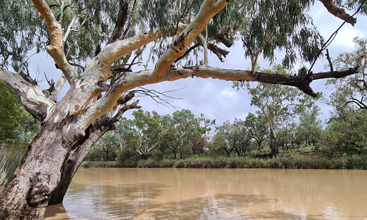
Find out more about impacts on surface water environments and how science is used to understand and improve their management.
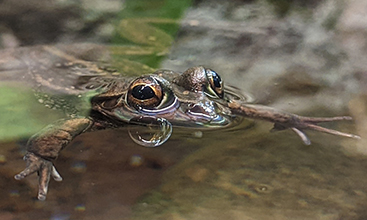
Read more about our monitoring projects.
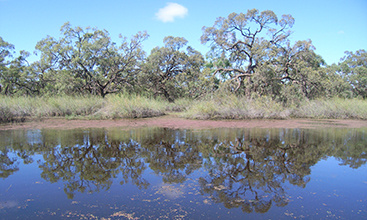
Find out more about water quality and why we monitor water quality in NSW.
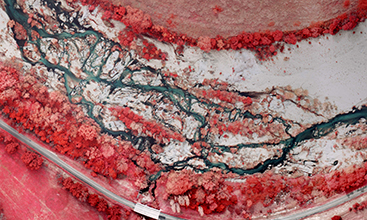
Find surface water related publications prepared by the department.
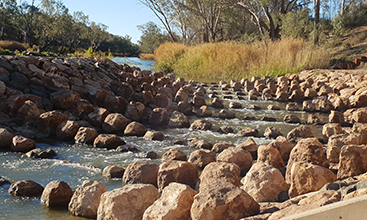
Read about our latest surface water science work by our resident scientists.
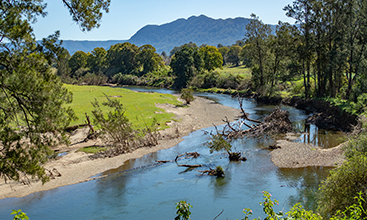
We use river assessment tools to visualise data and determine the environmental value, condition and type of rivers.
